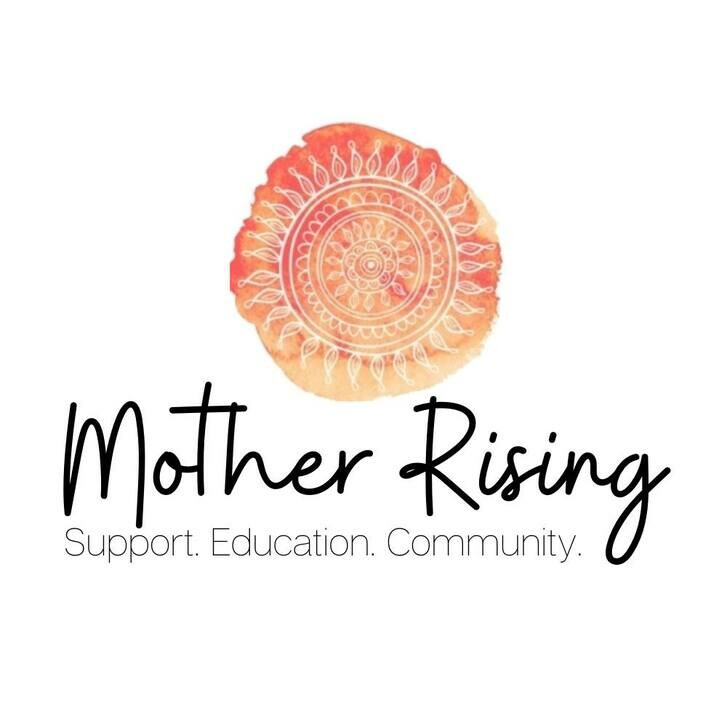
In today's fast-paced and often unpredictable world, resilience has become a highly sought-after quality. It enables individuals to bounce back from adversity, navigate challenges with ease, and maintain a positive outlook. While resilience is a complex trait influenced by various factors, research suggests that incorporating gratitude practice into our lives can enhance resilience and foster a greater sense of well-being.
Learning to practice gratitude is a form of mindfulness. When we practice mindfulness, our world tends to slow down and we can be more intentional which also helps to build resilience.
Let’s take a look at how gratitude and resilience go hand in hand.
1. Enhancing Positive Emotions:
Numerous studies have shown that practicing gratitude can significantly increase positive emotions. Emotions such as joy, happiness, and contentment have been linked to higher resilience levels. When we express gratitude, whether by keeping a gratitude journal or regularly expressing appreciation to others, it trains our minds to focus on the positive aspects of life. This, in turn, helps us cope more effectively during tough times and bounce back from setbacks.
2. Shifting Perspective:
One of the key components of resilience is the ability to reframe, adapt, and find new meaning in challenging situations. Gratitude practice encourages individuals to shift their perspective from dwelling on what is lacking or going wrong to what is present and going right. By consciously acknowledging and appreciating even the smallest blessings, we train our brains to seek out opportunities, solutions, and lessons amidst adversity. This resilience-building mindset helps us navigate adversity with optimism and self-assurance.
3. Fostering Social Support:
Relationships play a crucial role in resilience, as having a strong support system can help mitigate the negative effects of stress. Gratitude practice not only enhances our own well-being but also fosters positive social connections. When we express gratitude towards others, we strengthen our relationships and build a sense of community. The social support we receive during challenging times can be a powerful buffer against stress, enhancing our ability to bounce back and grow from adversity.
4. Promoting Self-Reflection and Personal Growth:
Gratitude practice involves reflection on one's own experiences, accomplishments, and the people who have influenced our lives positively. This reflective process not only strengthens our self-awareness but also promotes personal growth. Acknowledging how far we have come, the lessons we have learned, and the strengths we possess empowers us to face challenges head-on. By using gratitude as a catalyst for self-improvement, we can develop a growth mindset that allows us to adapt and thrive in the face of adversity.
Incorporating gratitude practice into our daily lives can have a transformative effect on our resilience. By cultivating positive emotions, shifting perspective, fostering social support, and promoting personal growth, gratitude acts as a powerful resilience-building tool. Whether through keeping a gratitude journal, practicing mindfulness, or expressing appreciation to others, we can harness the profound benefits of gratitude to strengthen our ability to bounce back from setbacks, thrive under pressure, and live a more resilient and fulfilling life. So, let us start cultivating gratitude today and unleash its incredible power to shape our resilience and well-being.
Shauna’s top 5 easy ways to practice gratitude in your daily life:
📔Keep a Gratitude Journal: Set aside a few minutes each day to write down things you’re thankful for. It could be as simple as the weather, a good meal, or a supportive friend.
🙏Express Thanks: Take the time to express gratitude to people in your life. Write a thank-you note, send a text, or simply say “thank you” to someone who has helped or supported you.
💗 Mindful Moments: During your day, pause and appreciate the small moments, like the beauty of nature, a smile from a stranger, the way your children are playing together and growing, or a peaceful moment. Be fully present and savor these experiences. A good way to identify some of these if it’s hard for you might be to look for things you want to take a picture of or capture to save.
3️⃣Three Good Things: Each evening, reflect on three positive things that happened during the day. This practice can shift your focus to the positive aspects of your life.
🥾Gratitude Walk: While walking, take time to think about the things you’re grateful for or just admire the beauty of nature and how it connects us all as humans. It combines the benefits of physical activity with mindfulness and gratitude.



